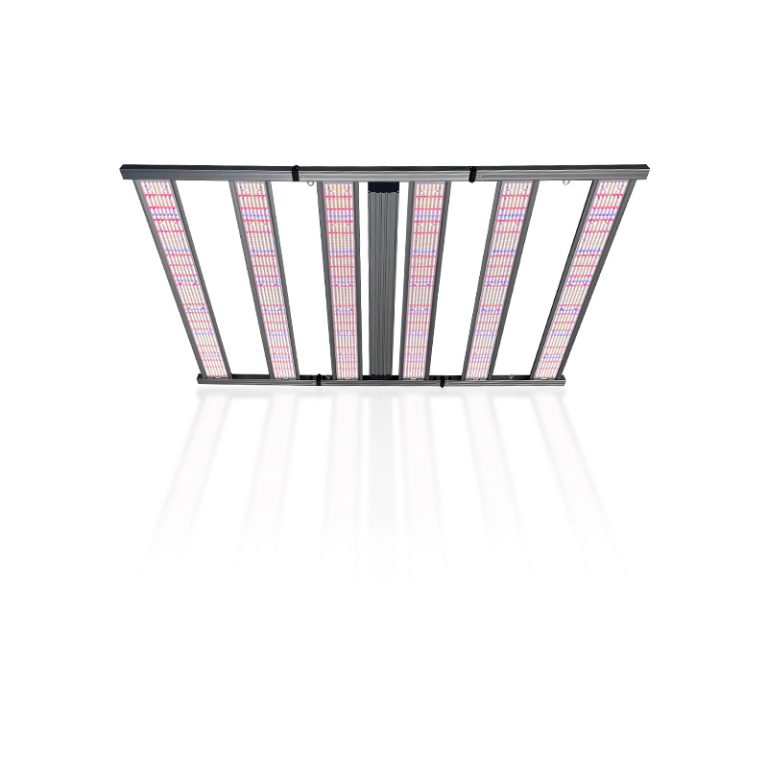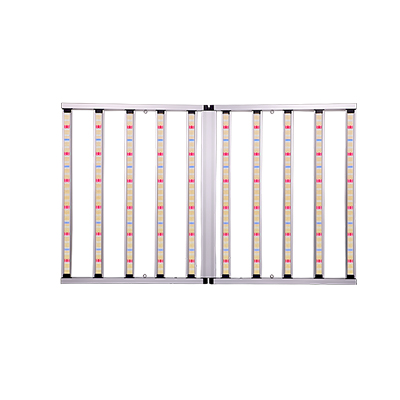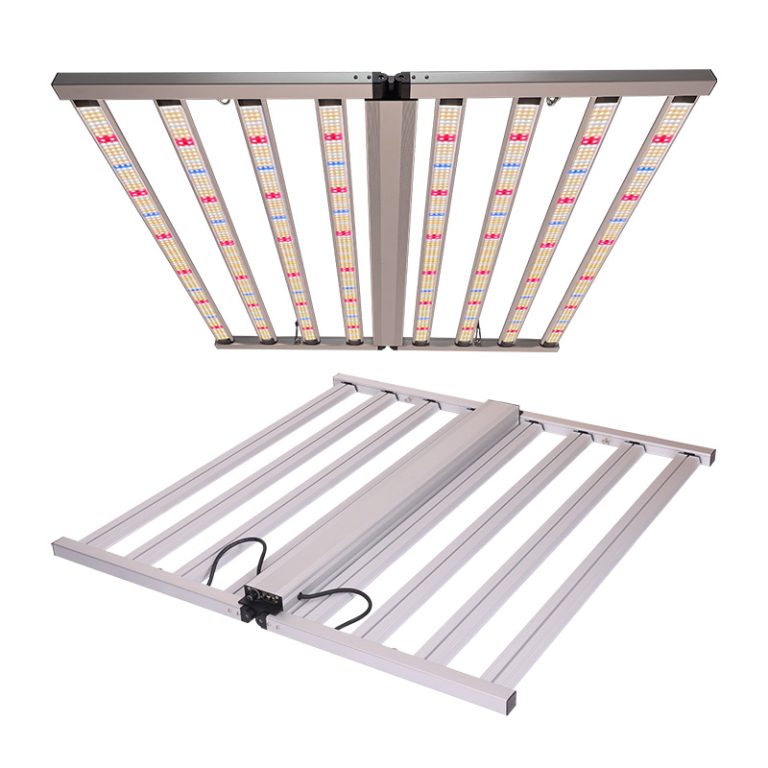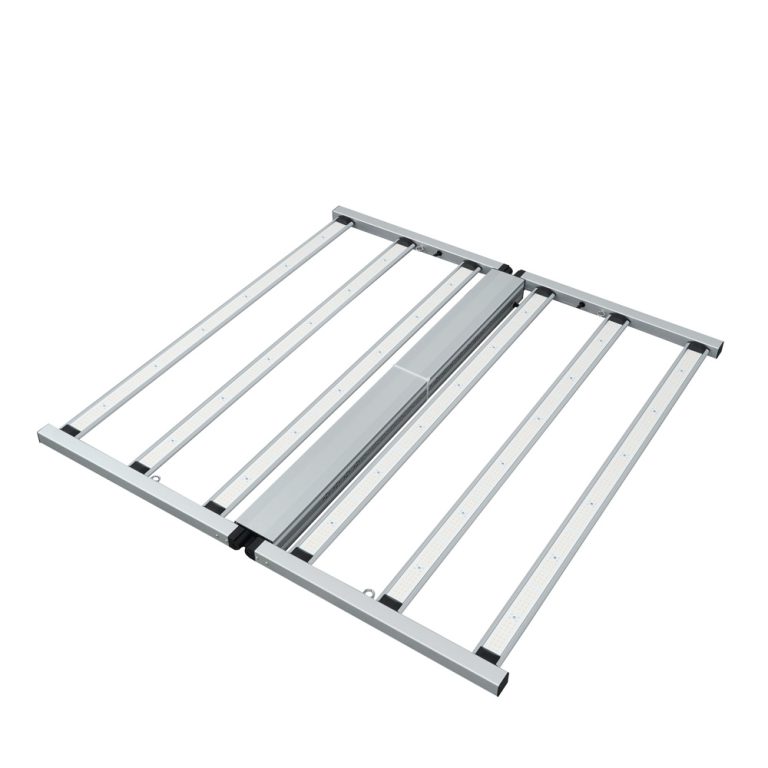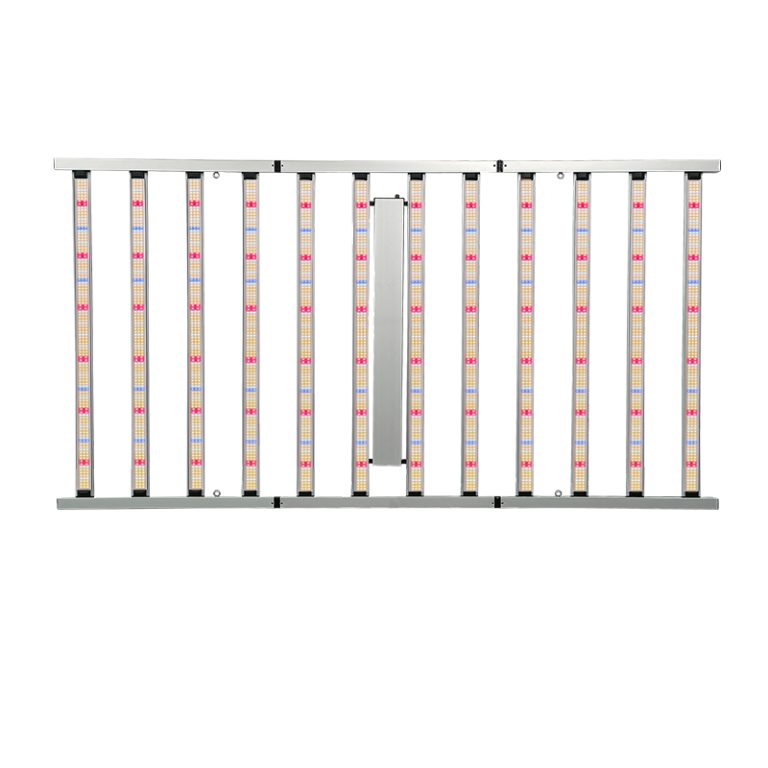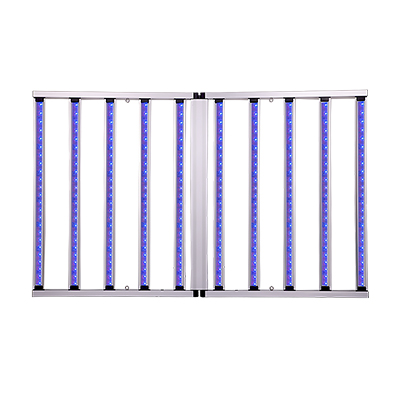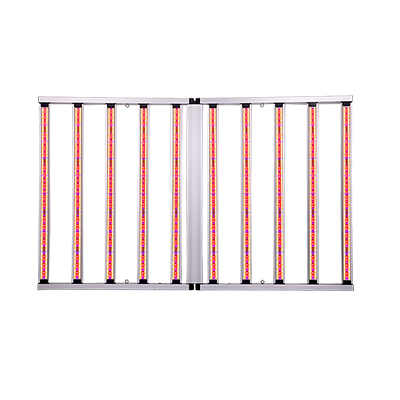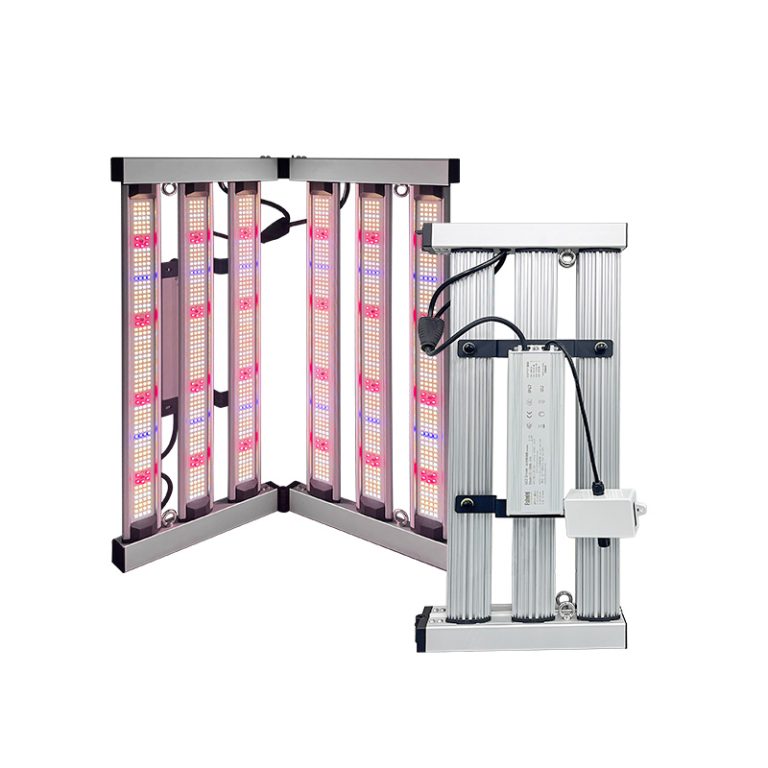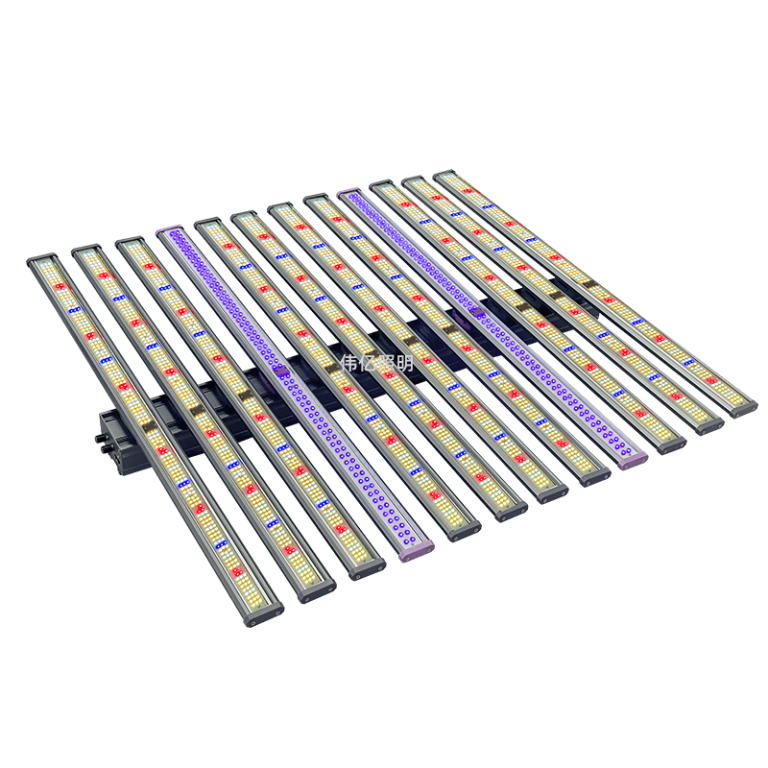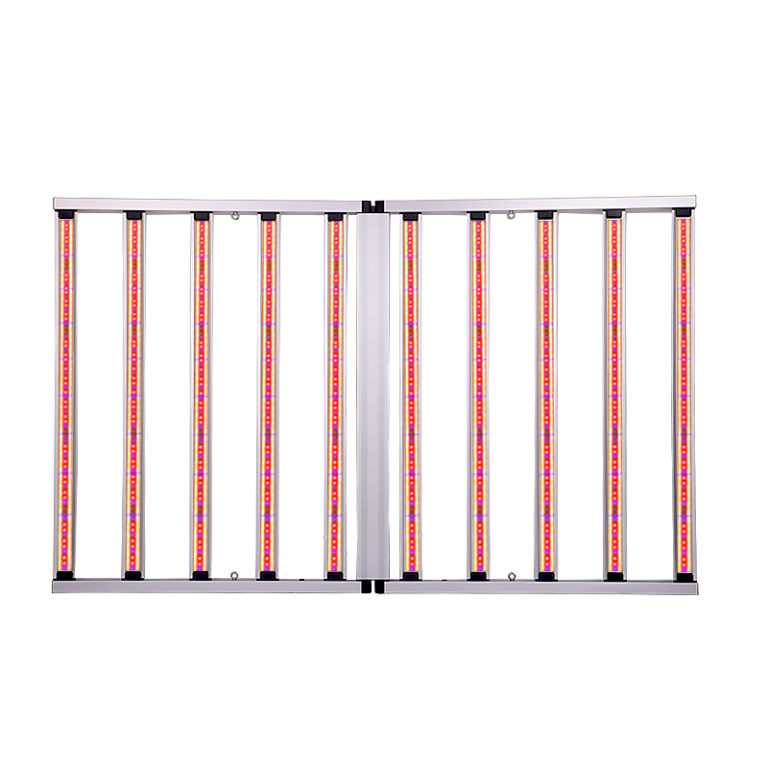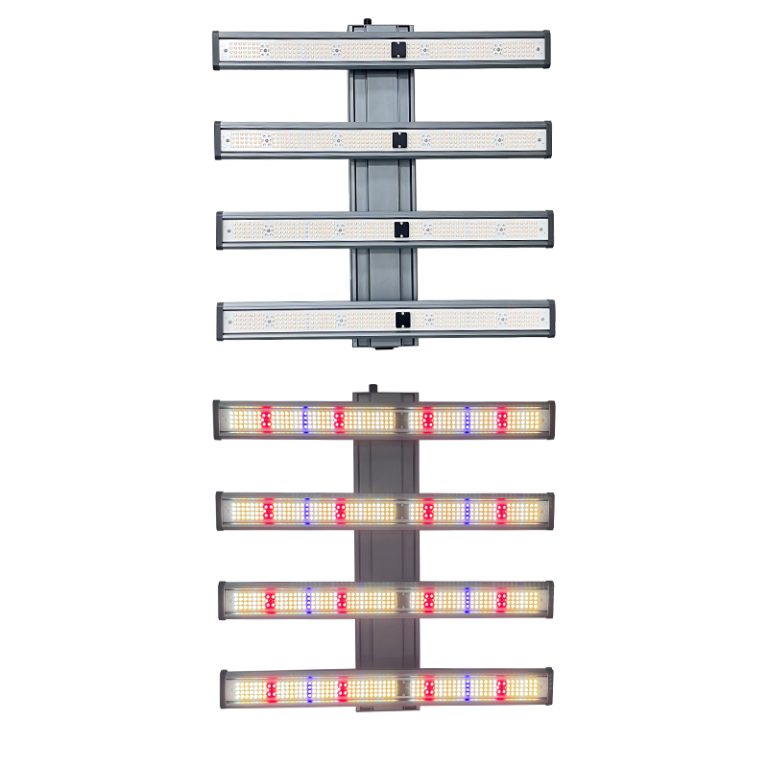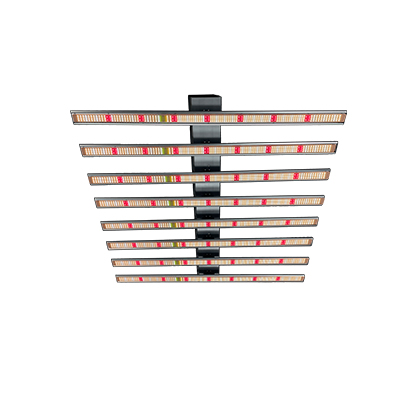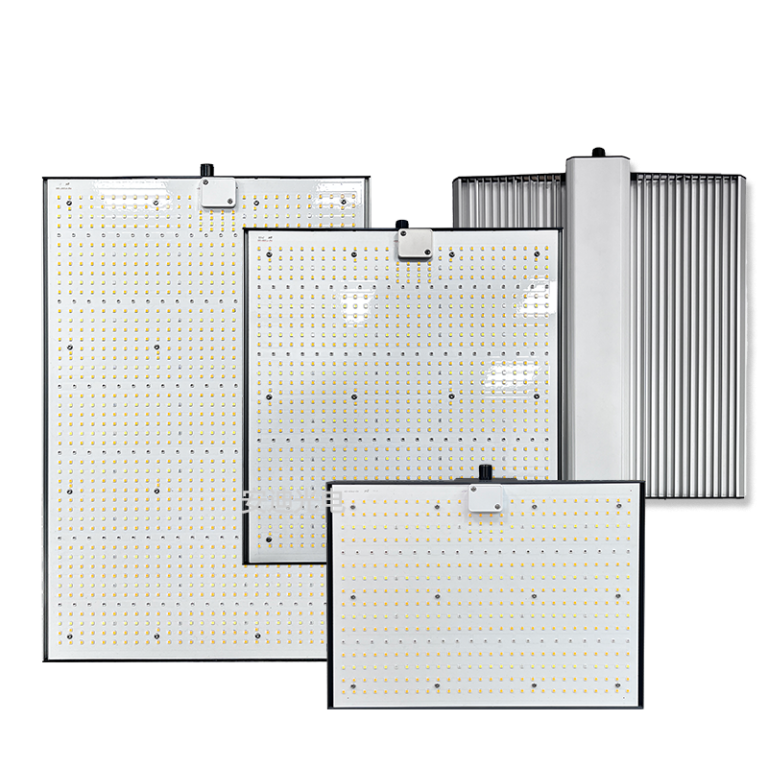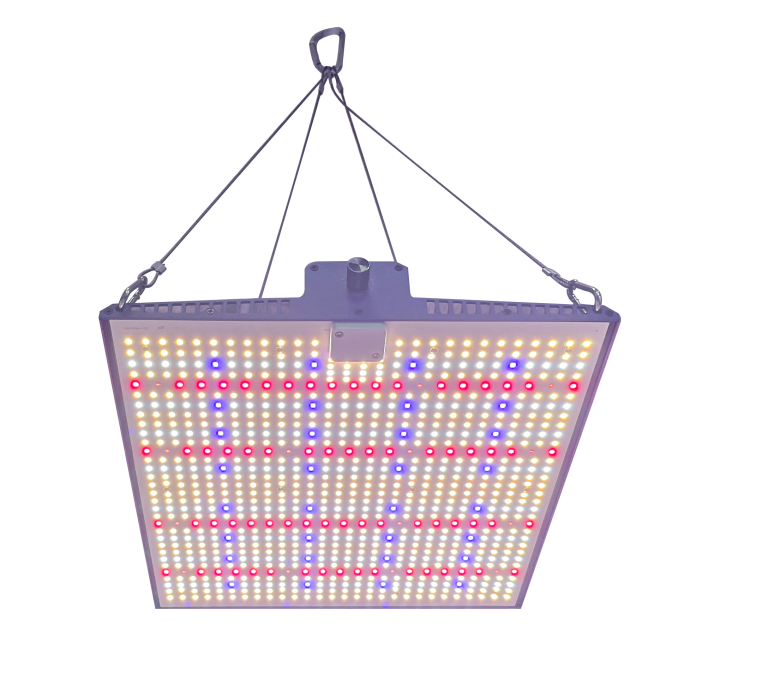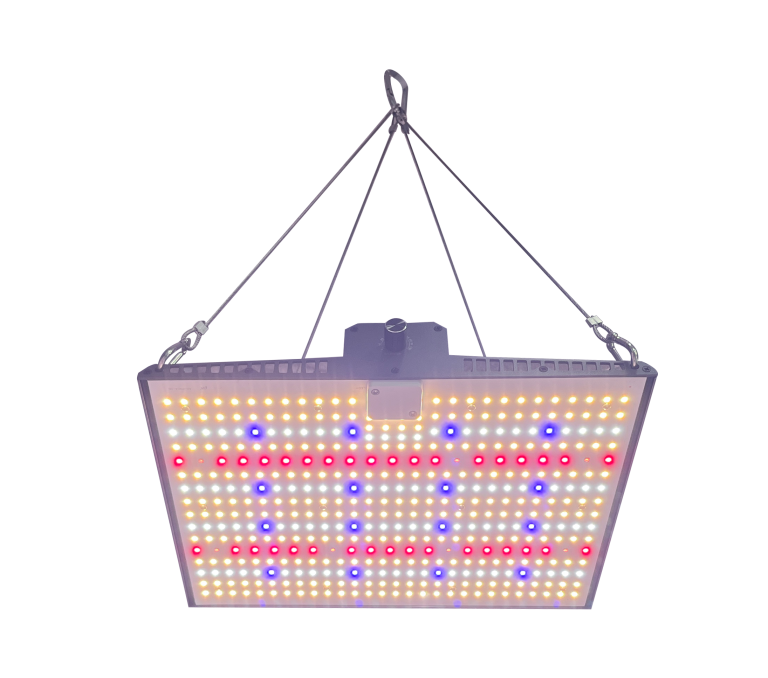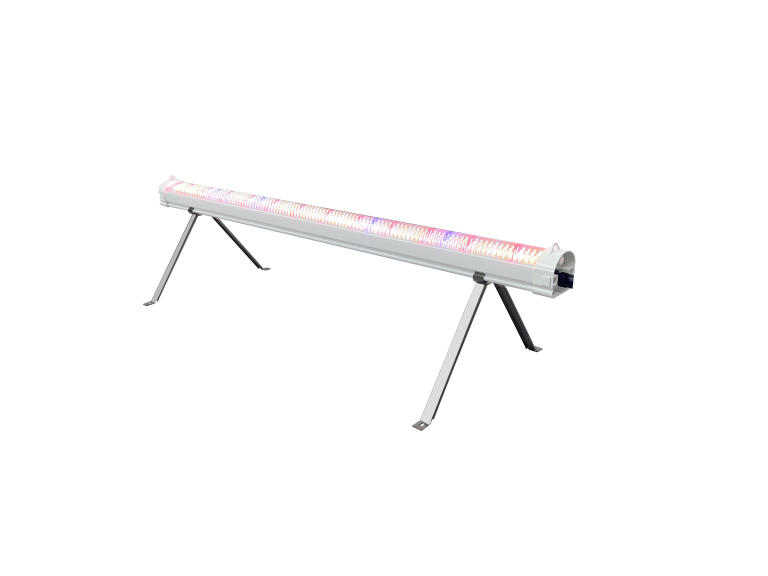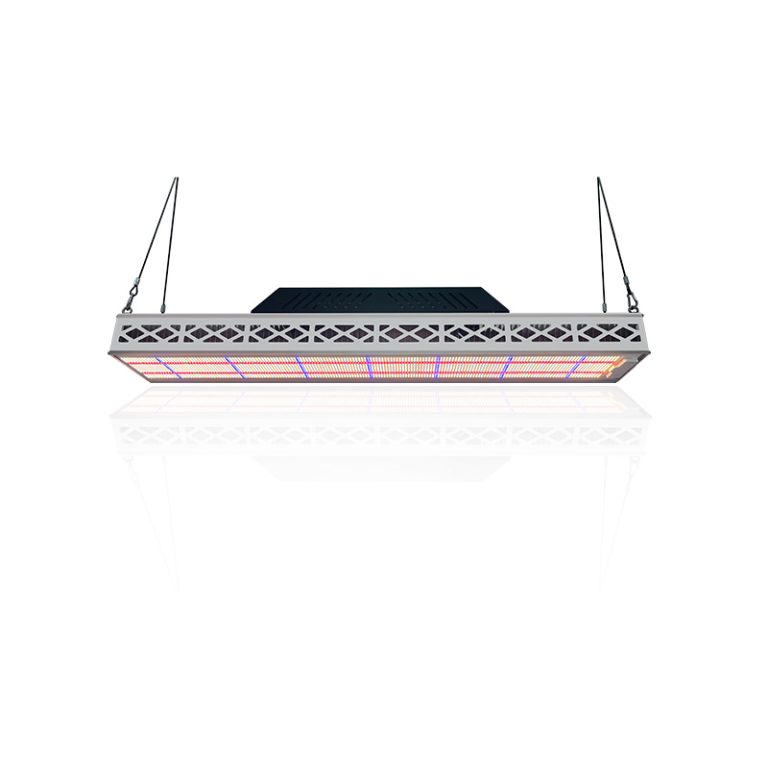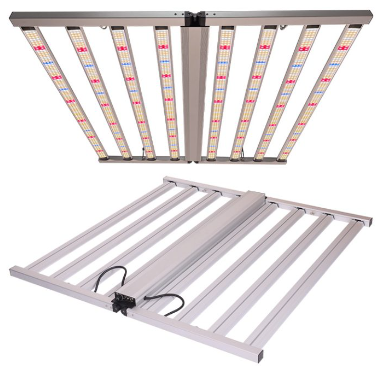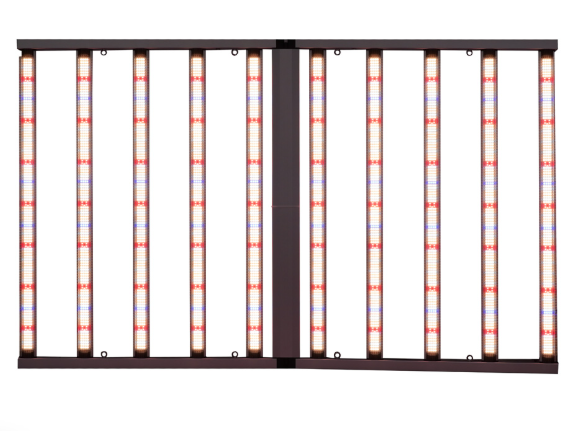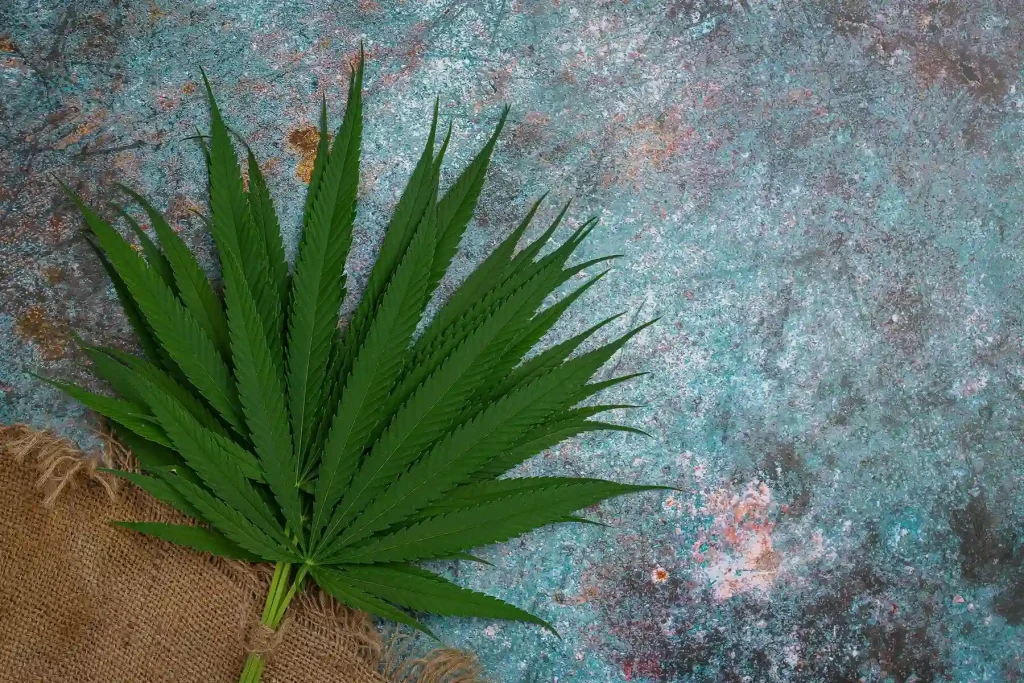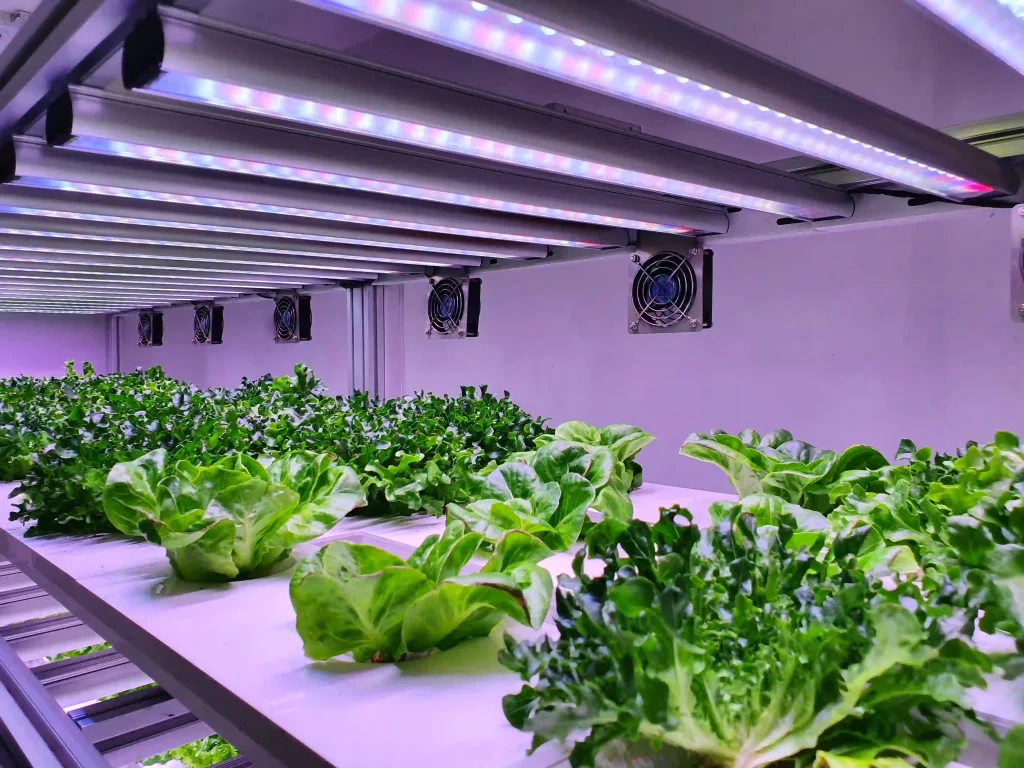
What Is VPD?
Vapor Pressure Deficit (VPD) measures the difference between the moisture content in the air and the maximum moisture the air can hold at a specific temperature. It’s expressed in kilopascals (kPa) and indicates how “dry” the air is relative to its temperature, directly impacting plant growth and nutrient uptake when using grow lights.
Why Does VPD Matter?
VPD directly affects transpiration and nutrient absorption, which are vital for healthy plants under LED grow lights. When VPD is within the optimal range, your plants can efficiently absorb water and nutrients, maximizing the effectiveness of your LED grow lights. However, if VPD is too high, plants can suffer from dehydration; if it’s too low, excessive humidity can lead to root rot and fungal growth, especially in indoor environments.
Ideal VPD Levels by Growth Stage
Understanding Leaf Vapor Pressure Deficit (LVPD) is essential for indoor growers, as leaves are typically cooler than the surrounding air. Here are recommended LVPD levels for various growth stages, ensuring you use your LED grow lights effectively:
- Seedling Stage: 0.8 – 1.2 kPa
- Vegetative Stage: 1.2 – 1.8 kPa
- Flowering Stage: 1.5 – 2.0 kPa
How to Calculate VPD
Calculating VPD involves knowing the temperature and relative humidity in your grow environment. While manual calculations can be complex, using an online VPD calculator simplifies the process. You can utilize relevant tools to easily determine the optimal LVPD for your plants under LED grow lights.
Managing VPD with Andy Photoelectric LED Grow Lights
Lowering VPD:
To reduce high VPD levels, increase humidity and control temperature. In indoor environments, Andy Photoelectric’s LED grow lights provide effective illumination at lower temperatures, reducing excess heat production and helping maintain ideal humidity levels for your plants.
Increasing VPD:
If VPD is too low, decrease humidity and manage temperature. Choose appropriate ventilation and dehumidification equipment to create a balanced growing environment for your indoor plants, enhancing the performance of your LED grow lights.
Optimizing Temperature Control
Andy Photoelectric LED grow lights are designed for high efficiency with low heat output, providing ideal growth light for plants while maintaining stable temperature and humidity. This is key to achieving the correct VPD and maximizing plant growth, ensuring your LED grow lights operate at their best.
 Using Andy Photoelectric LED Grow Lights Effectively
Using Andy Photoelectric LED Grow Lights Effectively
Switching to Andy Photoelectric’s LED grow lights can significantly impact VPD management. LEDs produce less heat than traditional lighting, allowing you to maintain ideal temperatures without compromising humidity. For best results, consider running your LED grow lights at night to take advantage of cooler temperatures, further stabilizing VPD and promoting faster plant growth.
Conclusion
Effectively managing VPD is essential for optimal plant growth in controlled environments. By understanding its significance and using Andy Photoelectric’s high-quality LED grow lights, you can create the best conditions for your plants. Enhance your indoor gardening experience and ensure your plants thrive with the right lighting solutions.
If you need assistance or have any questions, please feel free to contact us! Andy Photoelectric is dedicated to supporting your indoor gardening journey and helping you achieve the best results for your indoor garden with our advanced LED grow lights.

